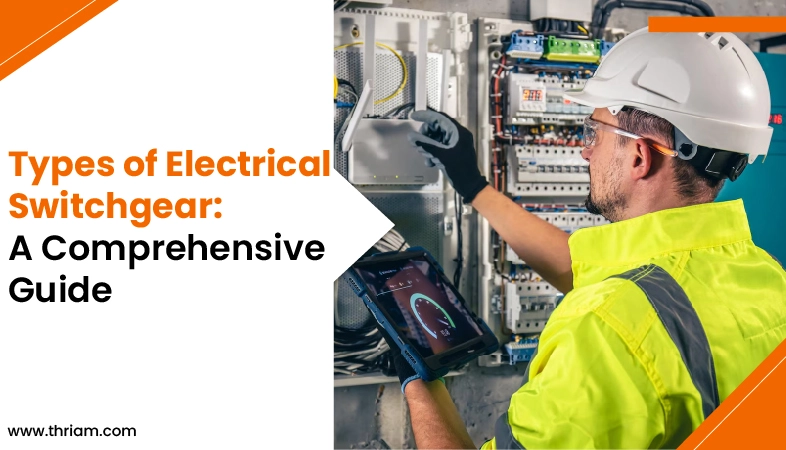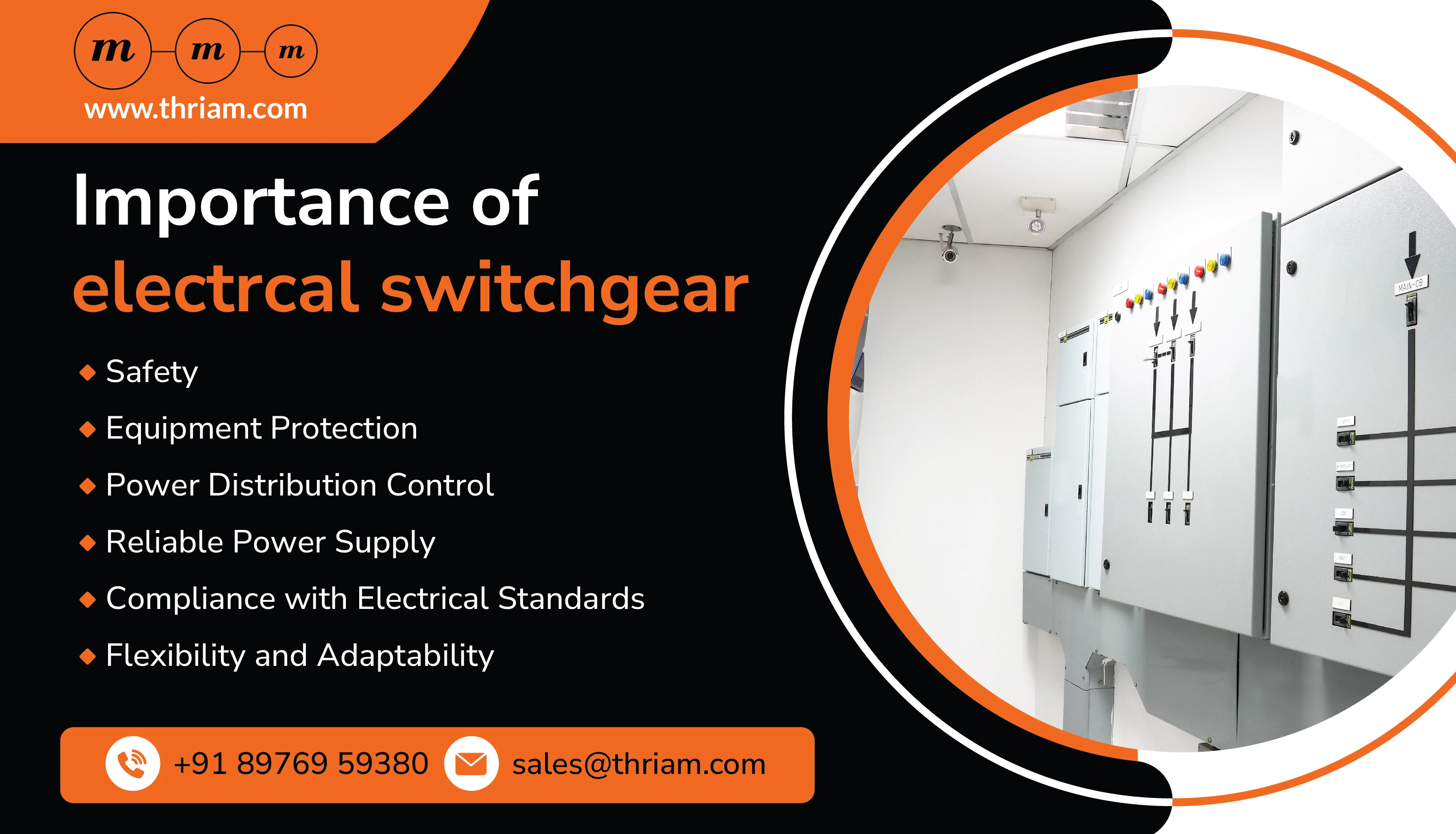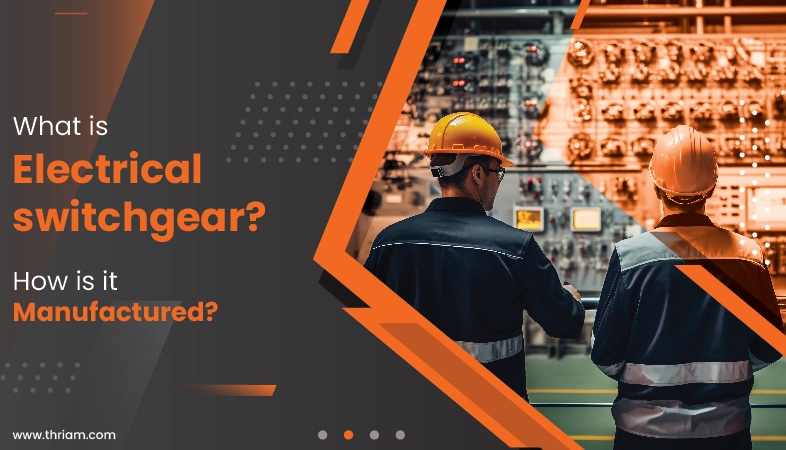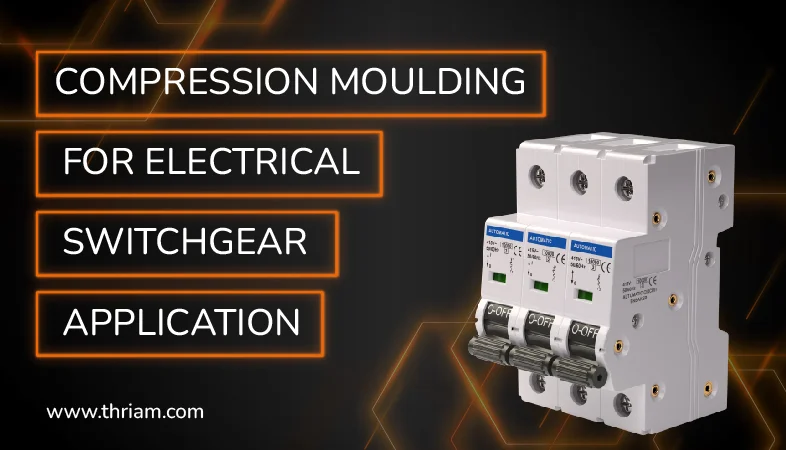Exploring the Different Types of Switchgear: A Comprehensive Guide

Introduction:
Electrical switchgear refers to a collection of devices and equipment that controls, protects, and isolates electrical equipment and circuits in power distribution systems. It is an essential component of electrical systems used for efficient and safe power distribution, ensuring that electrical equipment functions at optimal levels while also protecting against overloads and short circuits.
Electrical switchgear typically includes circuit breakers, contactors, motor starter panels, fuse panels, isolators, disconnectors, and busbars, among other components. Depending on the voltage level at which they operate, switchgear can be categorized as low-voltage, medium-voltage, or high-voltage switchgear.
Importance of electrical switchgear

Electrical switchgear plays a crucial role in the safe and efficient operation of electrical systems. It is responsible for controlling, protecting, and isolating electrical equipment and circuits, ensuring that electricity flows smoothly and securely. The importance of electrical switchgear cannot be overstated, and here are a few key reasons why:
Safety:
One of the primary roles of switchgear is to ensure the safety of electrical systems and personnel. It protects against overloads, faults, and short circuits, preventing potential hazards such as fires, electrical shocks, or equipment damage. Switchgear devices like circuit breakers automatically trip when there is a fault, quickly cutting off the power supply and minimizing risks.
Equipment Protection:
Electrical switchgear safeguards sensitive and expensive electrical equipment by providing protection against voltage fluctuations, electrical surges, and other abnormal conditions. Properly selected and well-maintained switchgear helps prolong the lifespan and reliability of equipment, reducing the likelihood of unplanned downtime or costly repairs.
Power Distribution Control:
Switchgear allows for efficient control and distribution of electrical power. It enables the isolation and selective control of individual circuits, making it easier to manage power flow based on demand. By effectively managing the power distribution, switchgear optimizes the operation of electrical systems, improving energy efficiency and reducing wasted energy.
Reliable Power Supply:
Switchgear ensures a reliable power supply by minimizing disruptions caused by faults or failures. It provides fault detection and isolation capabilities, allowing quick identification and rectification of issues. With the ability to isolate faulty circuits, switchgear prevents cascading failures and ensures that other parts of the electrical system remain functional.
Compliance with Electrical Standards:
Electrical switchgear is designed to meet industry standards and regulations. By using certified and tested switchgear components, electrical systems can comply with safety codes and regulations. This is particularly important in industrial and commercial settings where adherence to standards is mandatory for regulatory compliance and insurance purposes.
Flexibility and Adaptability:
Switchgear allows for flexibility and adaptability in electrical systems. It enables modifications and expansions to accommodate changing needs, such as adding new equipment or reconfiguring circuits. Switchgear also facilitates the integration of renewable energy sources and smart grid technologies, promoting sustainability and efficiency in power distribution.
In this blog, we will take a closer look at the various types of switchgear and their applications, highlighting their unique characteristics and benefits.
I. Low-Voltage Switchgear:
Low voltage switchgear is a crucial component of electrical systems that operate at voltage levels below 1,000 volts. It is responsible for controlling, protecting, and isolating electrical equipment and circuits, ensuring that they operate in a safe and efficient manner. There are different types of low-voltage switchgear, each with unique characteristics and applications.
Circuit Breakers:
Circuit breakers are the most common type of low-voltage switchgear. They automatically interrupt the electrical circuit if it detects an overload or a short circuit to prevent damage to equipment and ensure worker safety. Circuit breakers are essential for residential, commercial, and industrial applications, ranging from air conditioners to office buildings.
Contactors:
Contactors are electromechanical switches used in motor control panels to control the operation of electric motors. They allow for easy and safe isolation of motor circuits for maintenance, repair, or replacement. Contactors work by supplying or shutting off power to a motor based on signals from a control system.
Motor Starter Panels:
Motor starter panels combine a circuit breaker, overload protection, and contactor in one assembly. They are used in numerous industrial and commercial applications to start, stop and control motor operation. Motor starter panels provide overload protection for the motor in case of a sustained overload or a ground fault.
Fuse Panels:
Fuse panels use fuses that blow out to interrupt the flow of electrical current when the current exceeds the rated amperage of the fuse. Fuses are inexpensive and require little maintenance, making them suitable for low-cost applications.
Busbars:
Busbars are conductive strips or bars that distribute electrical power to multiple circuits. They provide a stable and consolidated distribution of power, reducing wiring and cost. Busbars are mainly used in data centers, commercial buildings, and industrial facilities.
Isolators and Disconnectors:
Isolators and disconnectors provide a means of isolation and disconnection of one or more circuits. They are used in applications such as maintenance or repair for the safe disconnection of equipment from the power supply. Isolators and disconnectors are essential for emergency applications when power needs to be cut off quickly, minimizing the chances of electrical hazards, or damage to equipment.
II. Medium-Voltage Switchgear:
Medium-voltage switchgear operates at voltage levels between 1,000 and 33,000 volts and is used in electrical distribution systems. There are different types of medium-voltage switchgear, including:
Air-insulated Switchgear (AIS):
This type of switchgear uses air as the insulation medium and is commonly used in substations and industrial plants.
Gas-insulated Switchgear (GIS):
GIS utilizes gas, typically sulfur hexafluoride (SF6), as the insulation medium. It offers compact size, enhanced safety, and is often used in high-density urban areas.
Hybrid Switchgear:
A combination of AIS and GIS, hybrid switchgear provides a flexible and cost-effective solution for medium-voltage applications.
III. High-Voltage Switchgear:
High-voltage switchgear operates at voltage levels above 33,000 volts and is primarily used in transmission and distribution networks. Similar to medium-voltage switchgear, high-voltage switchgear can be categorized into:
Air-insulated Switchgear (AIS):
AIS uses air as the insulation medium and is commonly employed in outdoor substations and industrial facilities.
Gas-insulated Switchgear (GIS):
GIS incorporates gas insulation, typically SF6, and is commonly used in large-scale substations and utility distribution networks.
Hybrid Switchgear:
Hybrid switchgear combines the advantages of AIS and GIS, providing a reliable and space-saving solution for high-voltage applications.
Each type of high-voltage switchgear has its own advantages and considerations, including cost, size, environmental impact, and maintenance requirements.
Conclusion
Switchgear plays a crucial role in electrical systems, ensuring the safe and efficient operation of electrical equipment and circuits. From low-voltage switchgear used in residential and commercial installations to high-voltage switchgear serving the needs of power transmission networks, each type offers specific advantages for different applications.
Understanding the different types of switchgear and their applications is essential for selecting the most suitable solution for specific electrical systems. Whether it's low-voltage, medium-voltage, or high-voltage switchgear, careful consideration of factors such as voltage level requirements, environmental conditions, system capacity, safety, and cost-effectiveness will lead to optimal decision-making.
To learn more about switchgear technology, its installation, maintenance, and safety considerations, consult reputable resources or seek professional guidance from experienced electrical engineers or contractors. Always prioritize safety and reliability when working with switchgear, and ensure compliance with relevant electrical codes and regulations.



